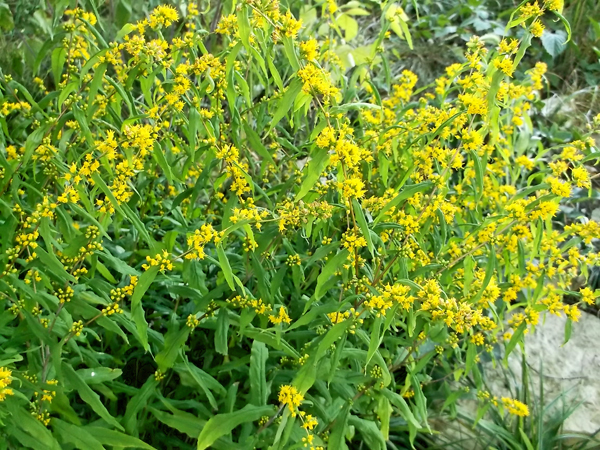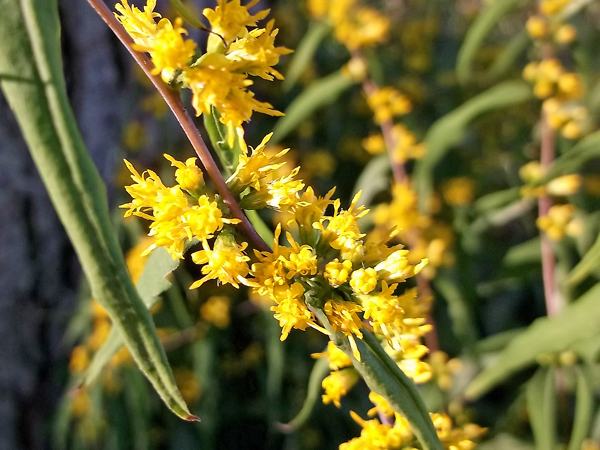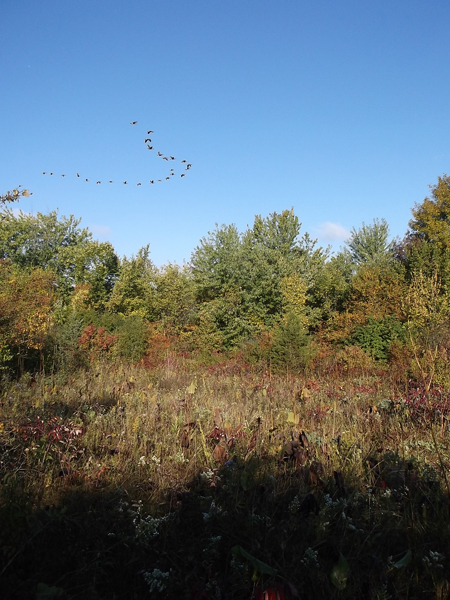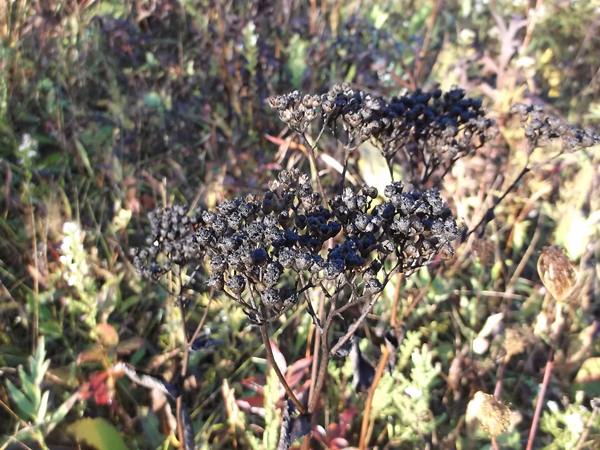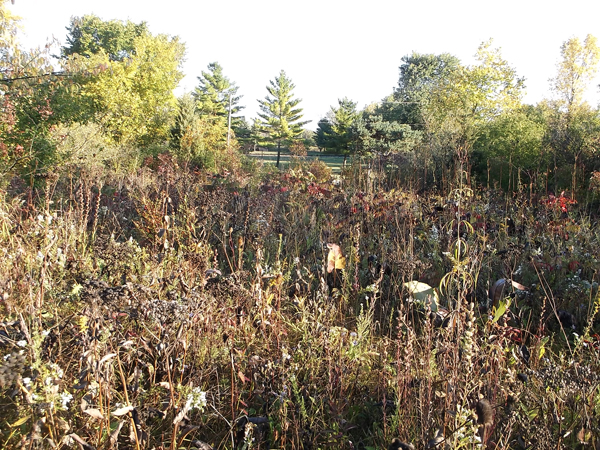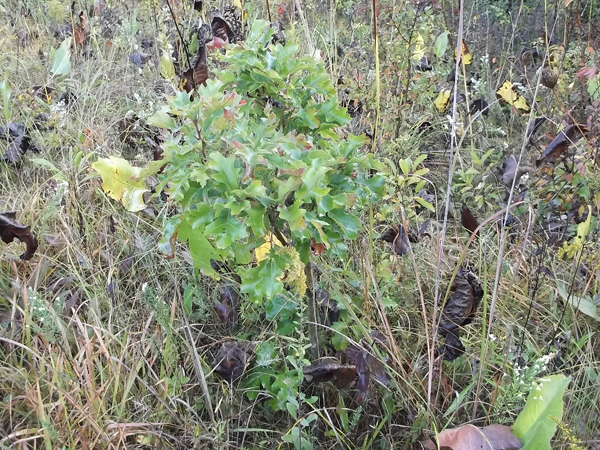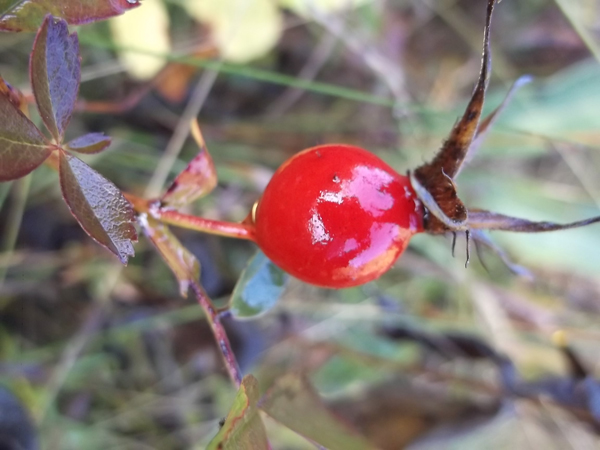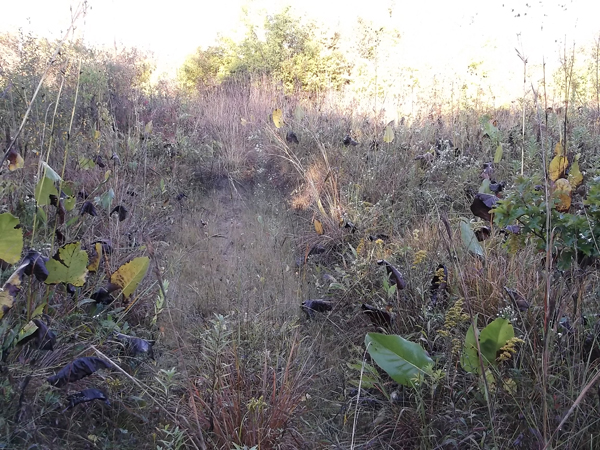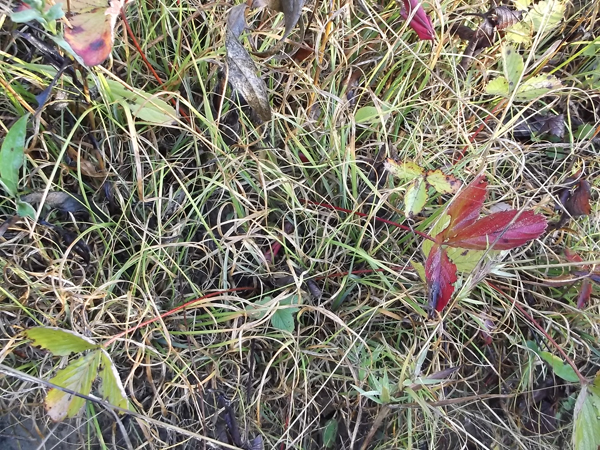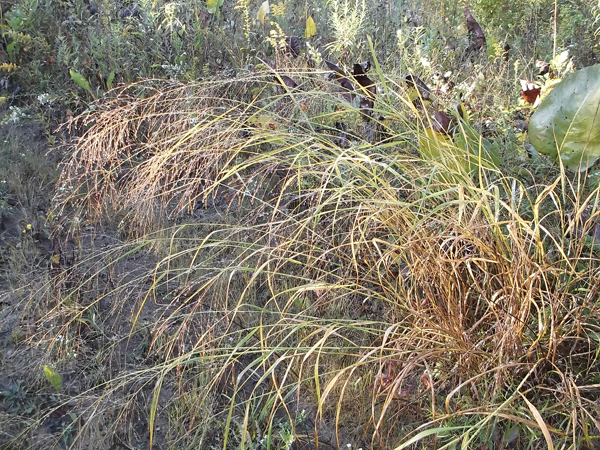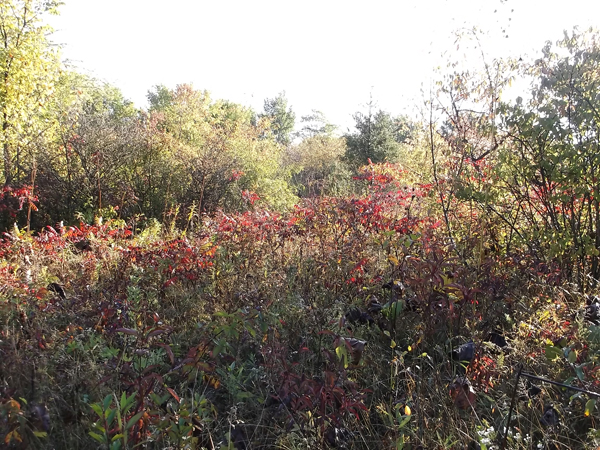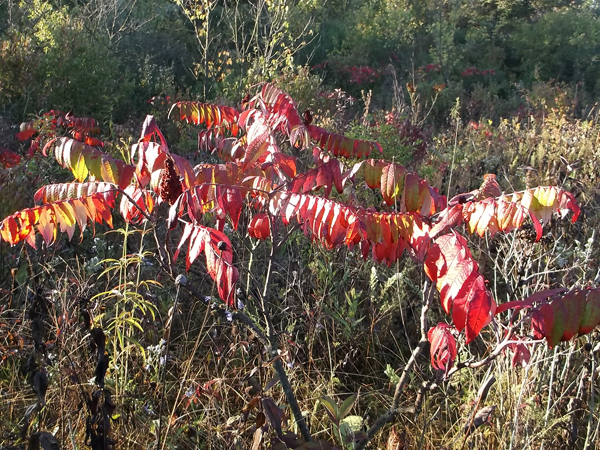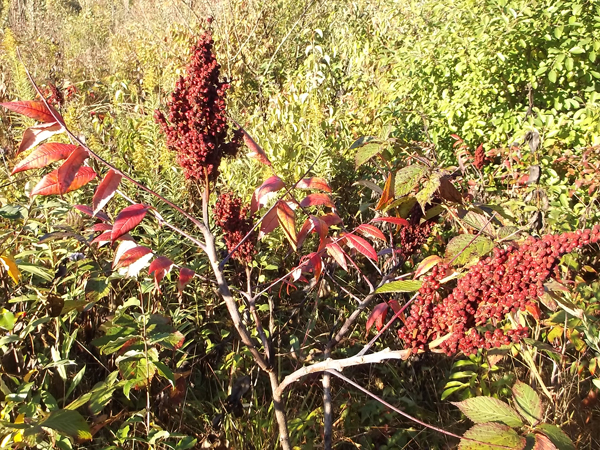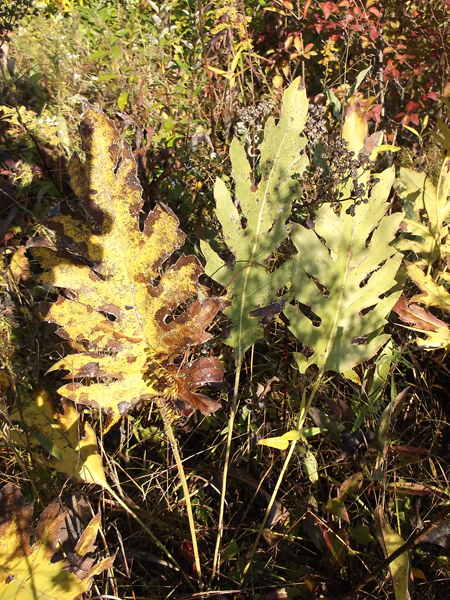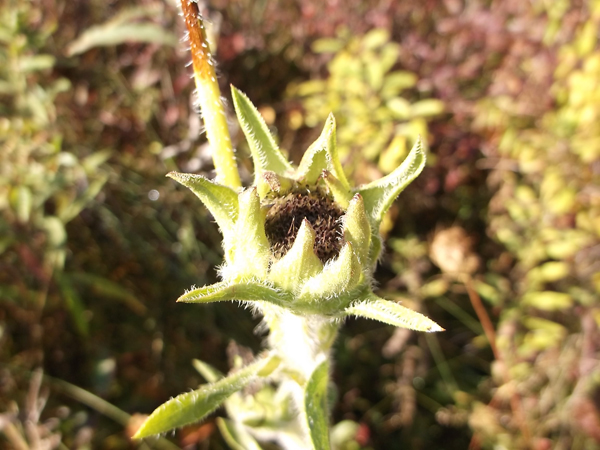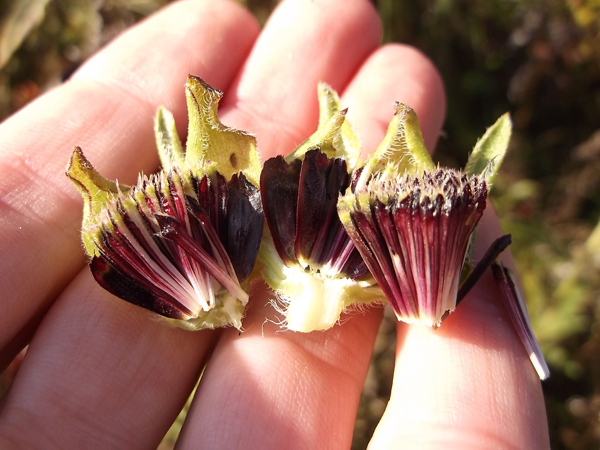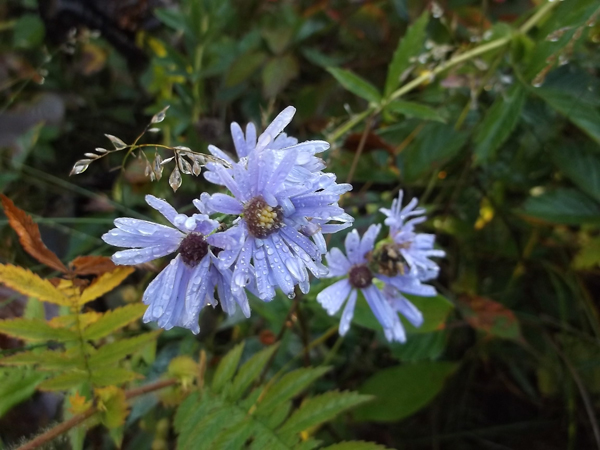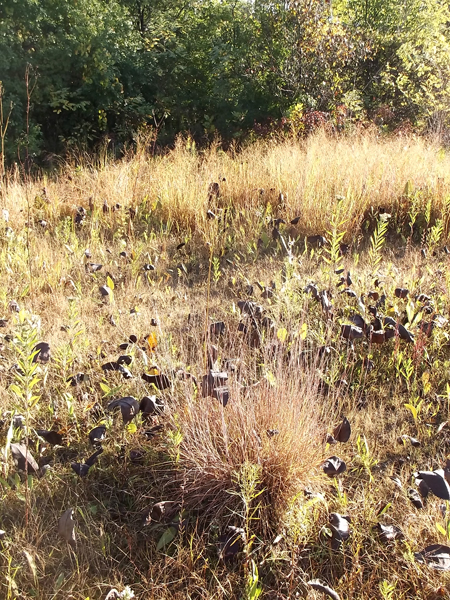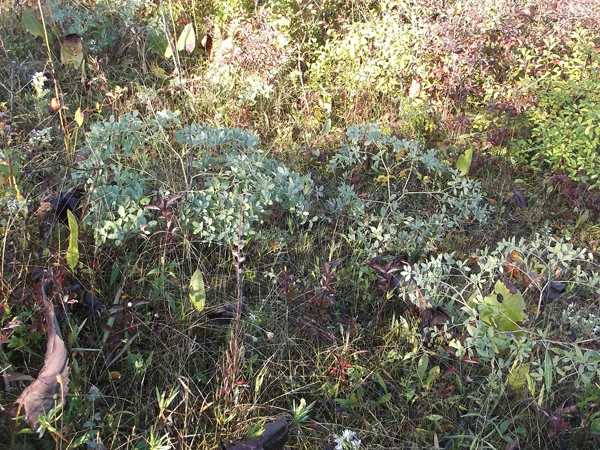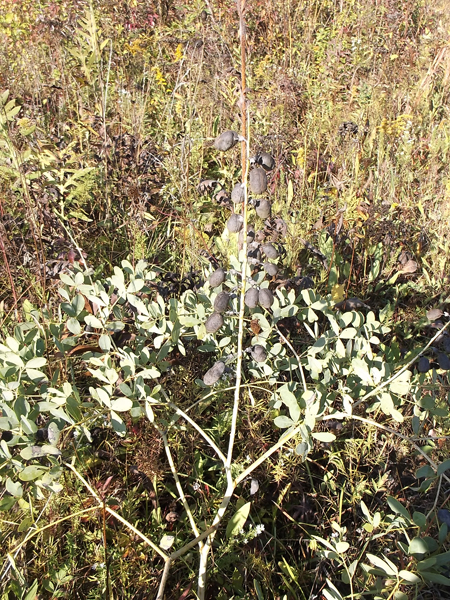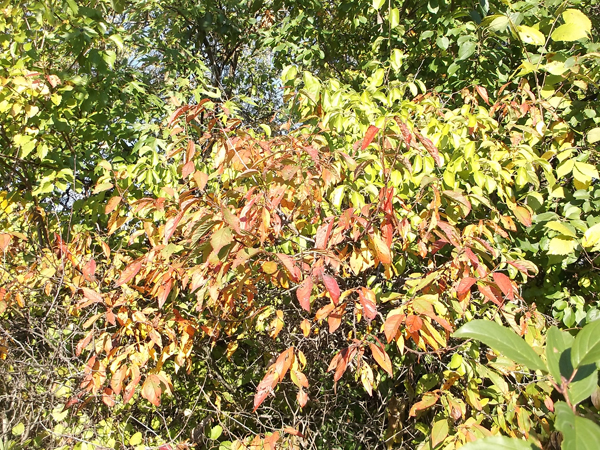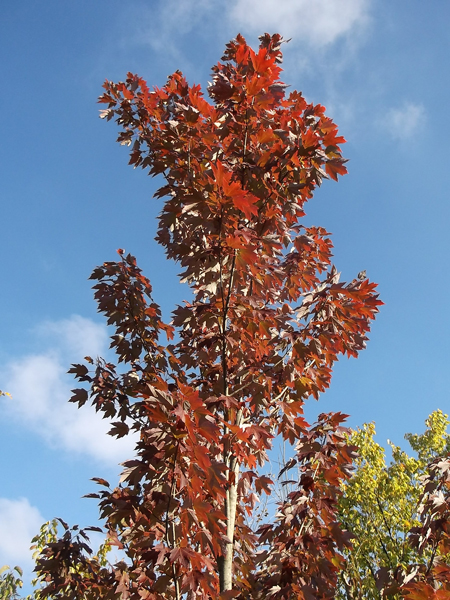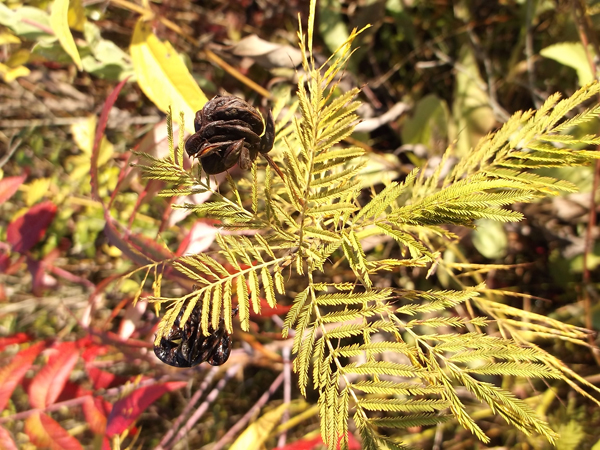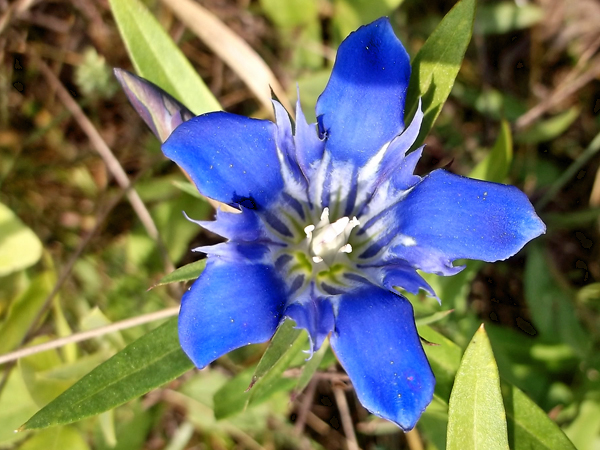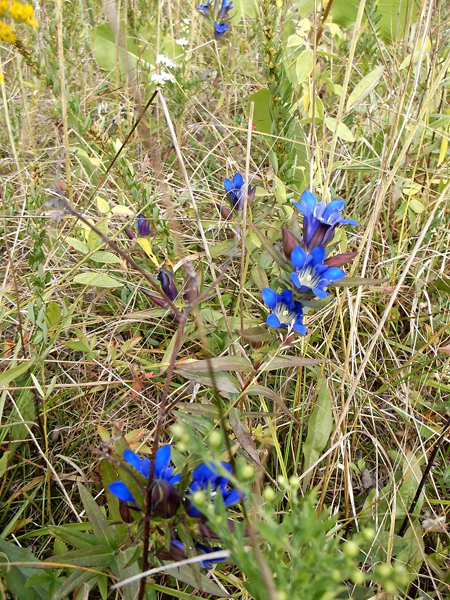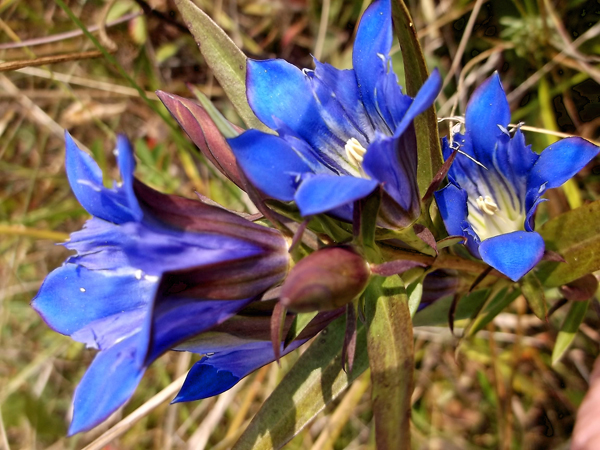
What is the first thing that comes to mind when someone mentions “fall color?” Trees? Yes, fantastic fall color. Many Trees have great fall color, from the gold of the much maligned Cottonwood to the red, oranges, and yellows of the mighty Sugar Maple and the more petite Ironwood. But what about perennials? Mums you say? Sure, but this isn’t 1956, let’s think a bit more creatively, when we think of fall perennials. Here are three great ones:
‘Iron Butterfly’ Vernonia

The dwarf cultivar of Narrow Leaf Ironweed (Vernonia lettermanii) known as ‘Iron Butterfly’ is a recent introduction by Allan Armatage of the University of Georgia. Growing to 18″ to 24″ in height and width, this late summer blooming has outstanding purple color, not unlike many asters, but unlike asters, this one does not look like a weed when not in bloom. The finely cut foliage has the appearance of Amsonia hubrichtii and meshes well with other perennials, waiting its turn to enter the autumn spotlight.
This butterfly magnet prefers full sun and well drained soil, but can handle part sun and periods of wet soil, making it a great plant for rain gardens.

Sedum ‘Autumn Joy’
Admittedly Hylotelephium ‘Herbstfreude’ aka. Sedum ‘Autumn Joy’ has been around since Georg Arends of Germany introduced it to American gardeners in the early 1950’s, and is certainly not underused. It is however, too often misused. Planted in rings around the base of Silver Maple trees, or massed with daylilies and purple coneflowers, ‘Autumn Joy’ seems a bit joyless – especially when it flops over due to an over zealous irrigation system. However, planted as single accents throughout a garden, in full sun with ornamental grasses such as Switchgrass, Prairie Dropseed, or Little Bluestem it is a late season standout. The butterfly attracting flowers start out green, turning pink, then burgundy, and finally a rich rusty brown that stay upright all winter long – a feat other large flowered sedums simply can not match.

Sedum ‘Autumn Joy’ growing with Amsonia hubrichtii. The bright gold foliage of Amsonia will complement the seedheads of the sedum later in autumn.

‘Blue Twist’ Allium (lower left) is just fading, as Sedum ‘Autumn Joy’ and Vernonia ‘Iron Butterfly’ take center stage in the late summer garden.
Blue-stemmed Goldenrod
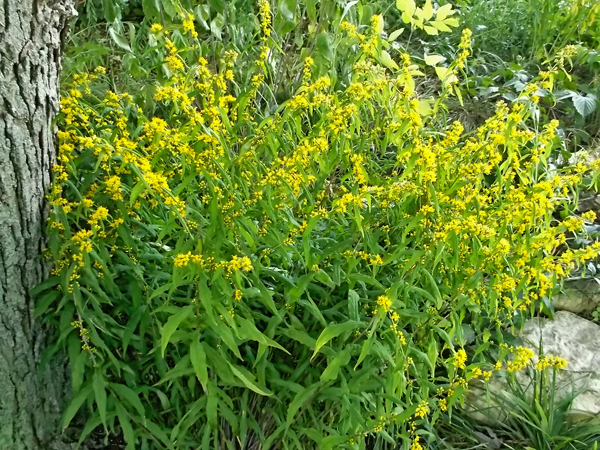
For a more shady location (or full sun), Blue-stemmed Goldenrod (Solidago caesia) is a real charmer. This Midwestern native goldenrod can be found growing in woodlands under oaks and Sugar Maples. Clusters of petite golden yellow flowers form along its arching stems, creating a bold mass of color in the late summer landscape. Blue-stemmed Goldenrod grows in neat clumps, 18″ to 24″ high, allowing it to be placed among other plants without fear of is forming a massive unruly colony, unlike the stoloniferous ‘Fireworks’ Goldenrod (Solidago rugosa) often seen in garden centers.
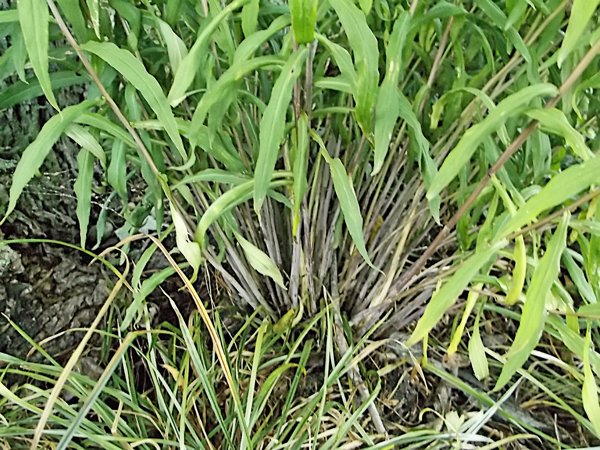
While Blue-stemmed Goldenrod may reseed, the plants grow in tight clumps, rather than forming aggressive colonies in the garden.
Placed where afternoon sun will fall on its bright yellow flowers, this plant can be spectacular under the open shade of large trees, brightening an otherwise dark corner of the landscape. Plant in well drained soil with Drummond’s Aster (Aster sagittifolius) and Solomon’s Beard (Smilacina racemosa) for a pleasing fall display.
